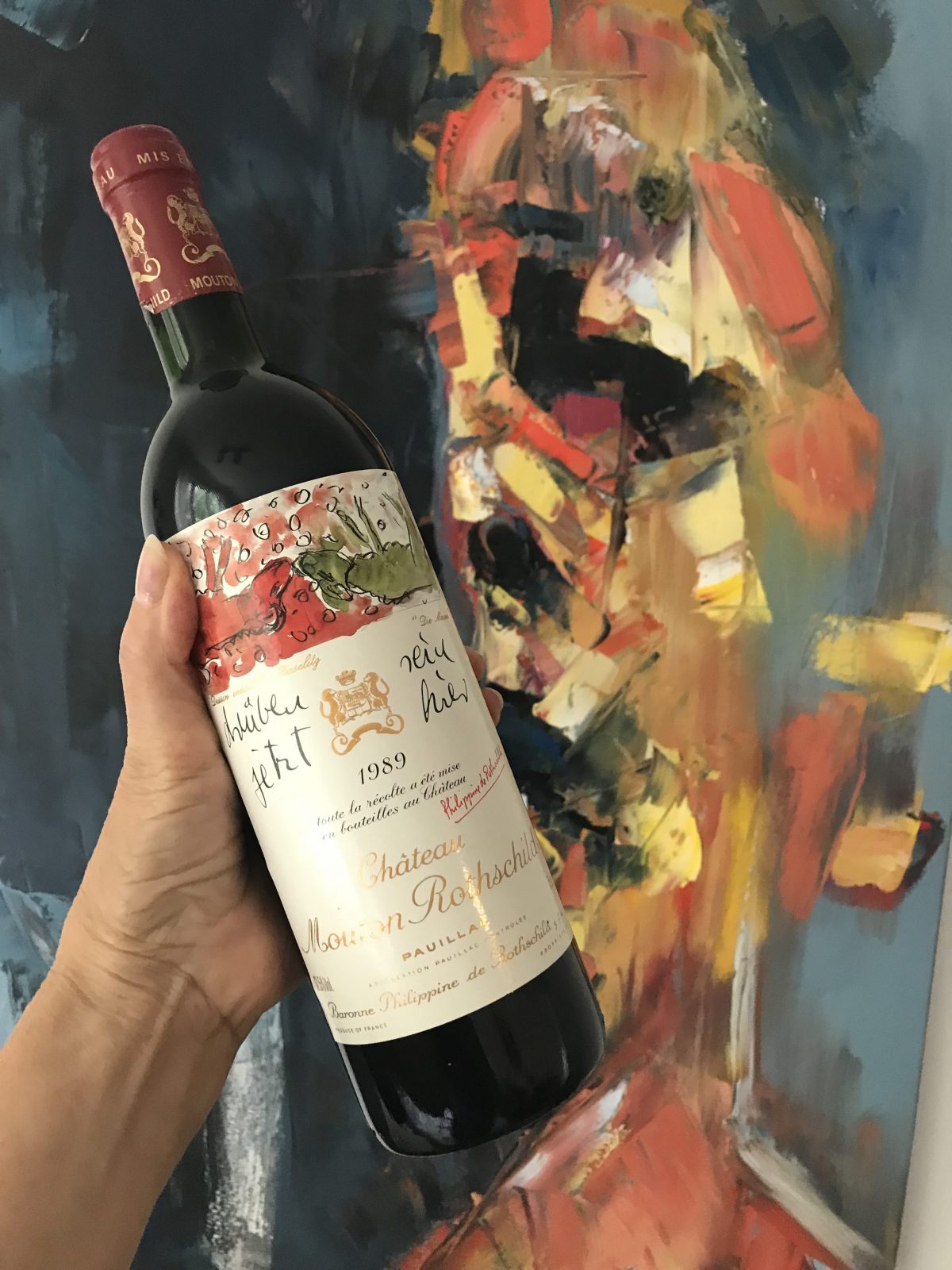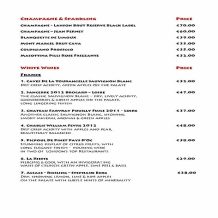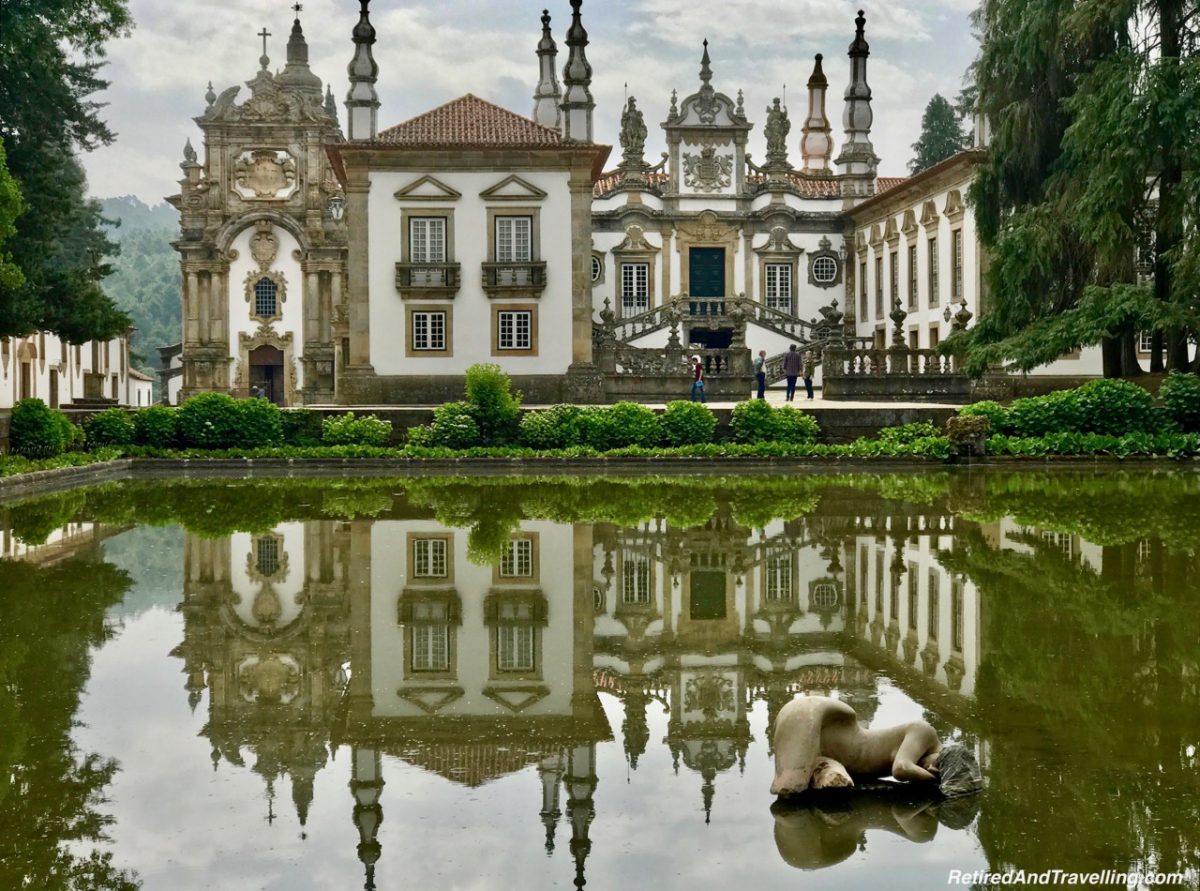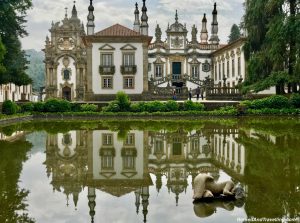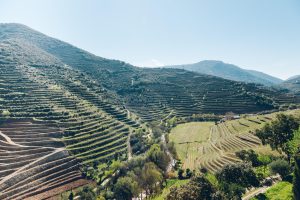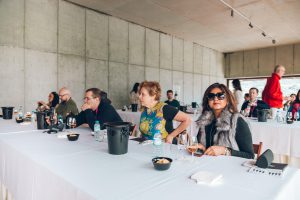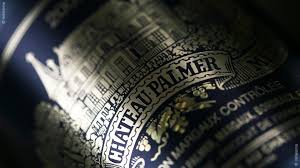Wine Review: Chateau Mouton Rothschild 1989
First Growth. Premier Grand Cru Classe in 1973
Special Occasion – celebrating a family member’s one-year anniversary. It’s a lovely Pauillac that has reached its plateau of maturity; notably dark ruby in colour; It has an engaging cedar and tobacco bouquet with hints of mint; not much fruit concentration; the palate follows suit – is medium-bodied and continues the aromatic theme of cedar and tobacco; demonstrates great persistence; well-defined – ‘old school’.
Drink now – 2030.
Tasted June 23, 2018.
95/100
Purchased Toronto LCBO Wine Auction 2011

